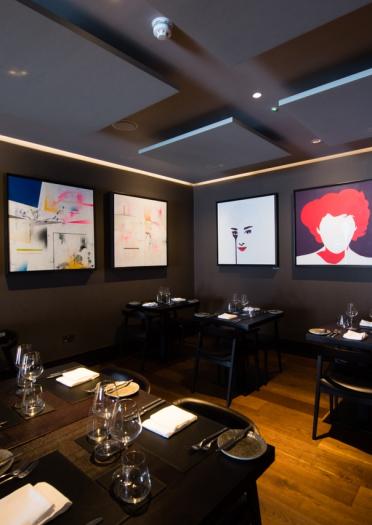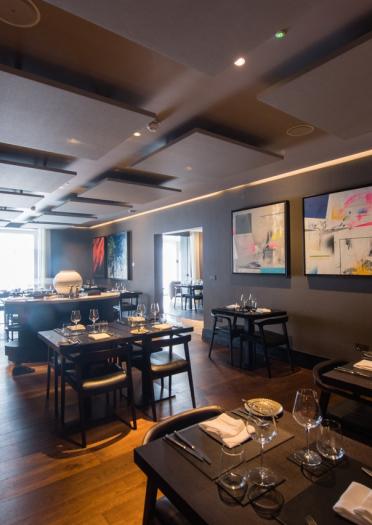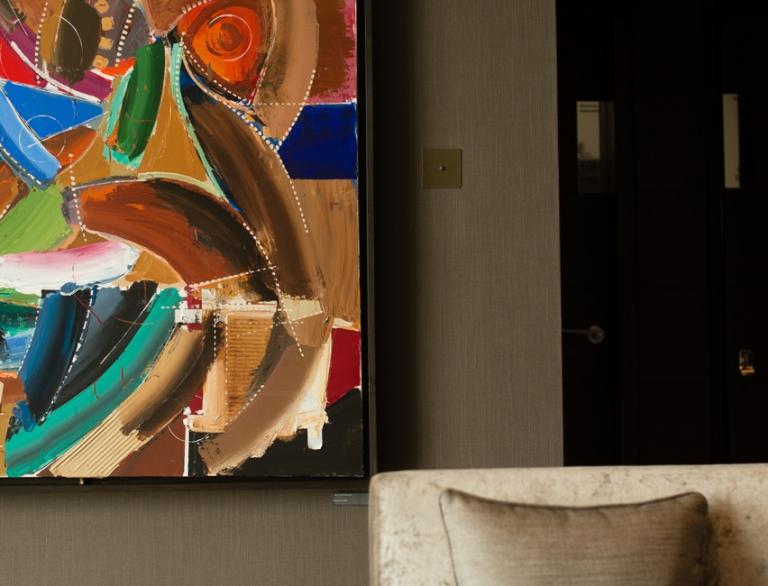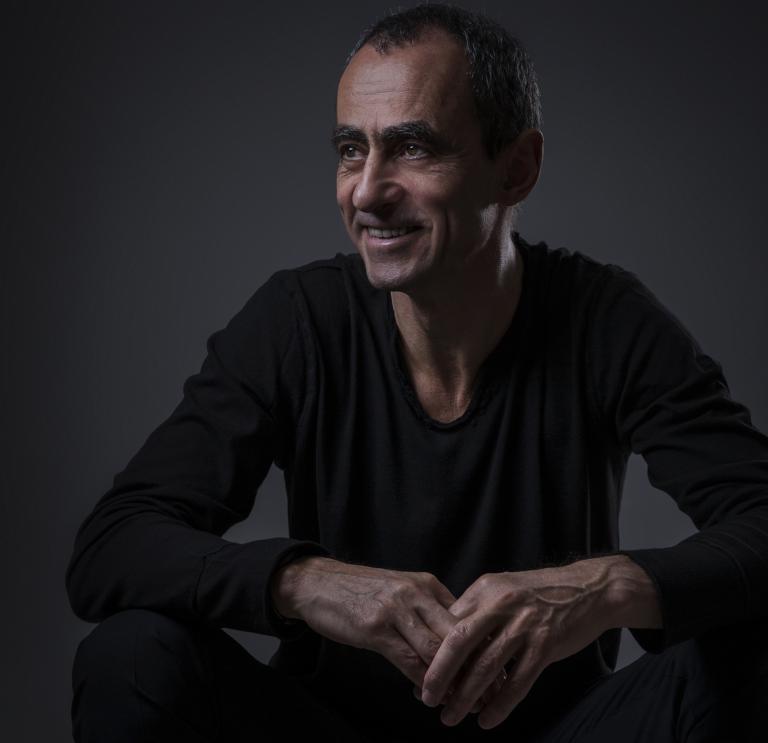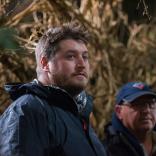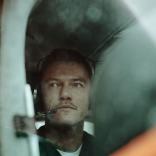My earliest memories are of Wales
My mother came from North Wales, my father came from South Wales and I was born in Merthyr. When I was five, we moved to St Davids. I remember my first sight of the Pembrokeshire coast: we’d been travelling for hours on a big red bus. Suddenly, the bus went over the top of a hill and I could see Newgale beach and, for the first time in my life, the sea.
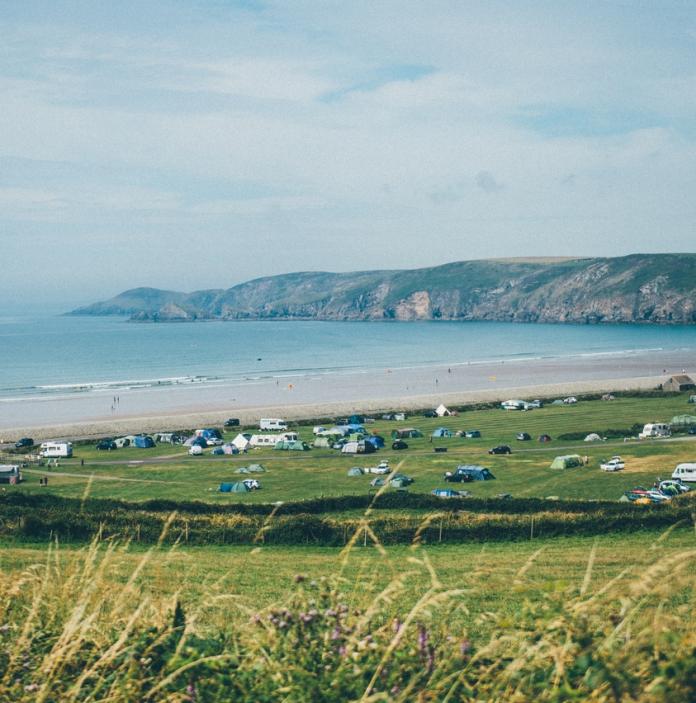
I think that St Davids has it all
We were brought up in St Davids, and I think it’s a wonderful place. The peninsula is only one mile wide and six miles long, with ever-changing sky and many award-winning beaches. The microclimate is wonderful; when Britain has rain, St Davids doesn't always get it. As a child, I would cycle around the peninsula, visiting beaches and playing in the valley next to the cathedral. It was idyllic.
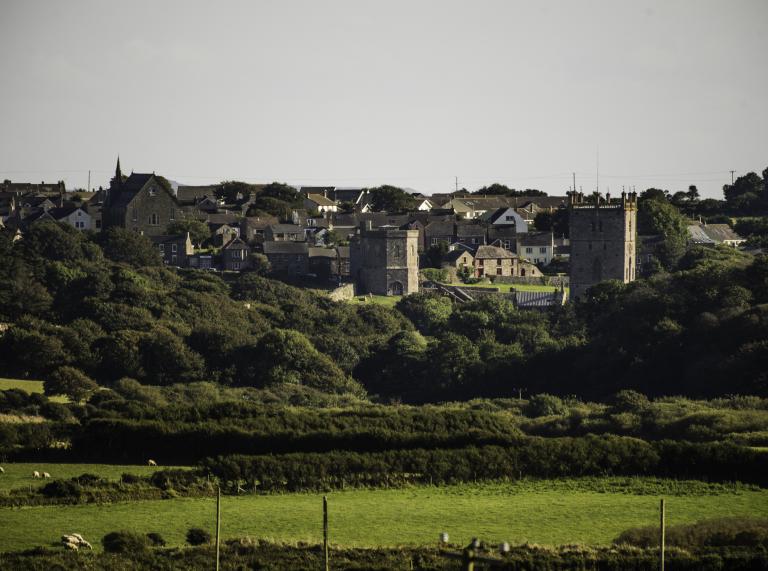
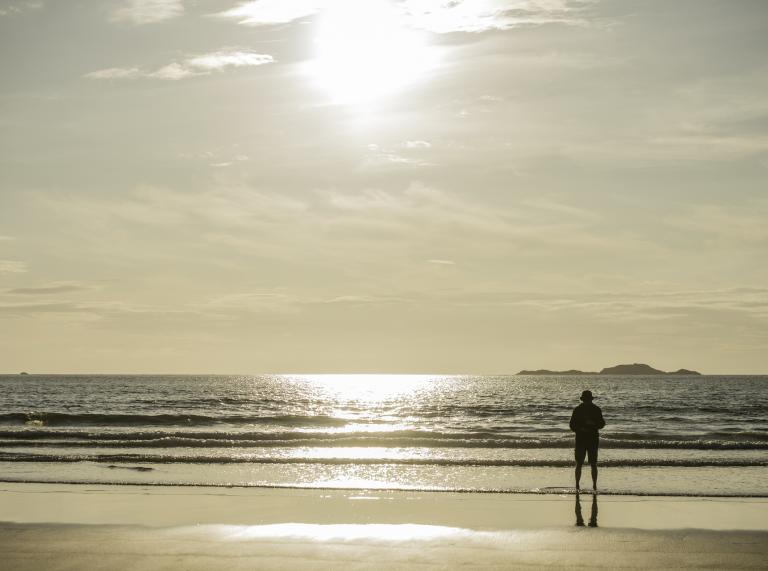
Wales’ historic buildings inspired me to become an architect
My parents took us to many cathedrals and castles in Britain. I knew more about medieval architecture by the age of 13 than most adults did. My brother became a historian and I became an artist. The Cathedral and Bishop's Palace in St Davids have such a sense of space and volume. They made a huge impression on me.
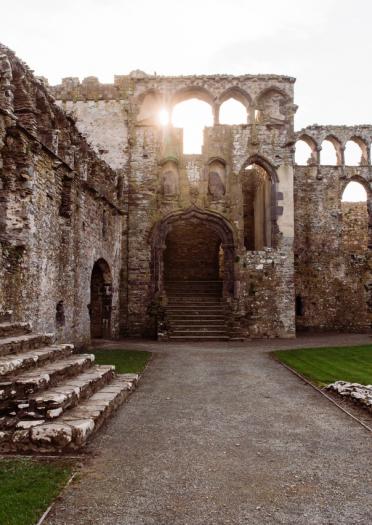
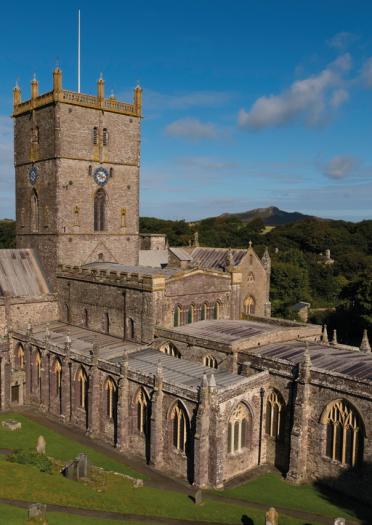
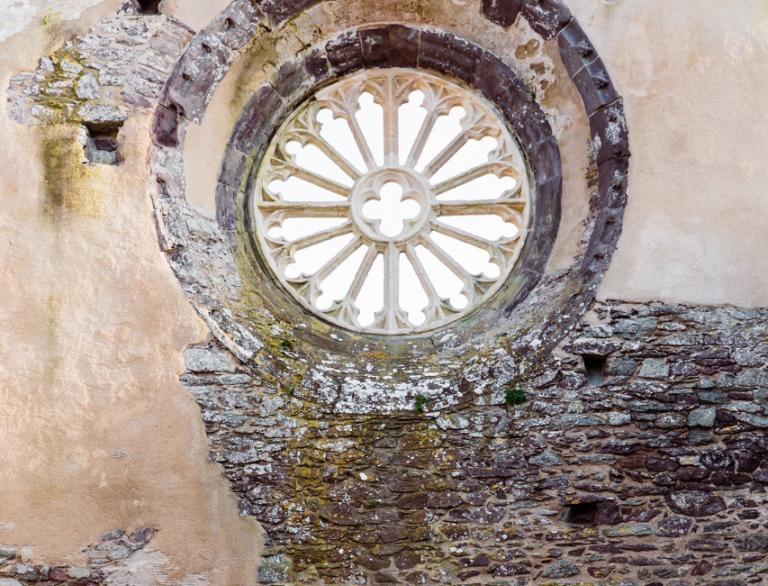
I worked in Asia under a Welsh motto
I’ve spent 35 years in Asia throughout my career. I moved to Hong Kong in 1982, set up the company in 1985 and built for Hong Kong until 1995. Then we were building South East Asia until 2004. China took off after that, so we've focused on there for over 15 years.
There's a saying from the Mabinogion that’s stuck with me: A fo ben, bid bont. It means if you want to lead, you need to show people the way to go, and you need to be the bridge for them. As architects, we should be designers – that's how we change the world for the better and lead well.
My biggest influencer is nobody, because we are the influencers
My advice to aspiring architects would be to draw and design. That's the way I lead; if I'm always drawing, people can follow. The architectural period I'm most attracted to is the future, and every time I finish a building it becomes a new career highlight.
I wanted my children to know their Welsh roots
Before 2009, I hadn't been back to Wales for about 20 years. I realised when my two boys were six and nine that they didn't have roots. Hong Kong teaches people to be world people, rather than people from Hong Kong. So, it felt natural for me to bring them to Wales on holiday, where I have very deep roots. What I enjoy about St Davids now is what I enjoyed as a child, and what they enjoy: the beaches, landscape, culture, people, buildings and weather.
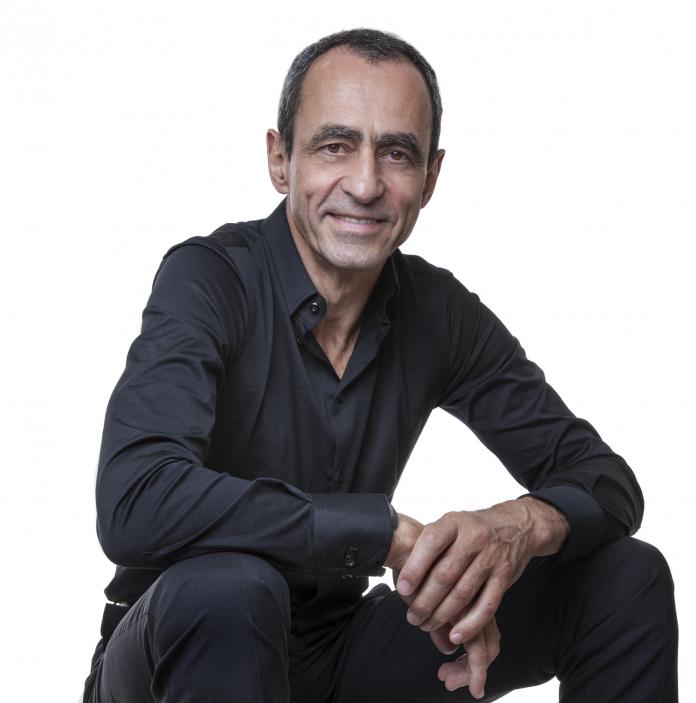
We brought luxury hotels to Pembrokeshire
As my siblings were retiring, my parents were getting older and my children enjoyed St Davids, I bought a property here: Penrhiw Priory. We refurbished it as an eight bedroom house for the family. Eventually we rented it out so it wouldn't fall into decay, then started letting it out as a holiday home. It was too big for this, though, and it rapidly turned into a hotel.
While we were doing that, I was offered Roch Castle, which was too good an opportunity to turn down. We bought it and turned it into a luxurious six-bedroom hotel. In all, we had 14 rooms - not enough to be sustainable financially as hotels. However, I had old school friends in St Davids. One owned the old Twr Y Felin hotel and the other owned the field in front of it. I phoned them up and bought both off them to refurbish into one luxurious hotel.
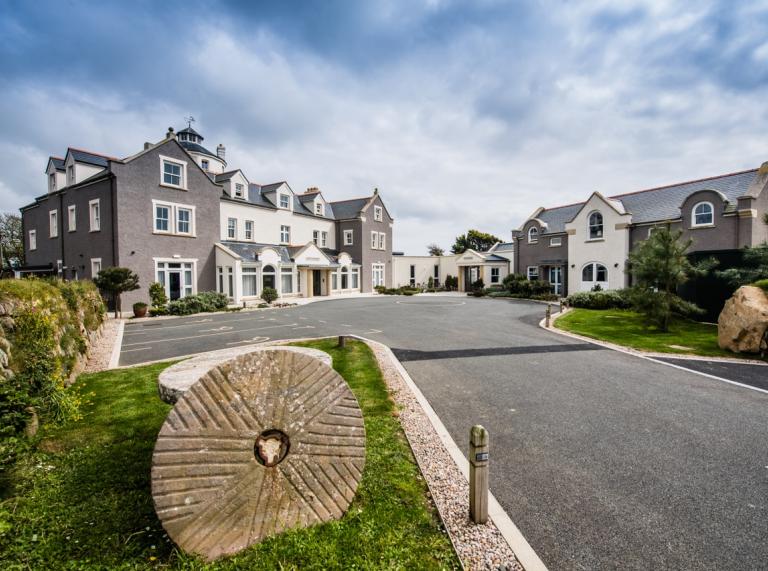
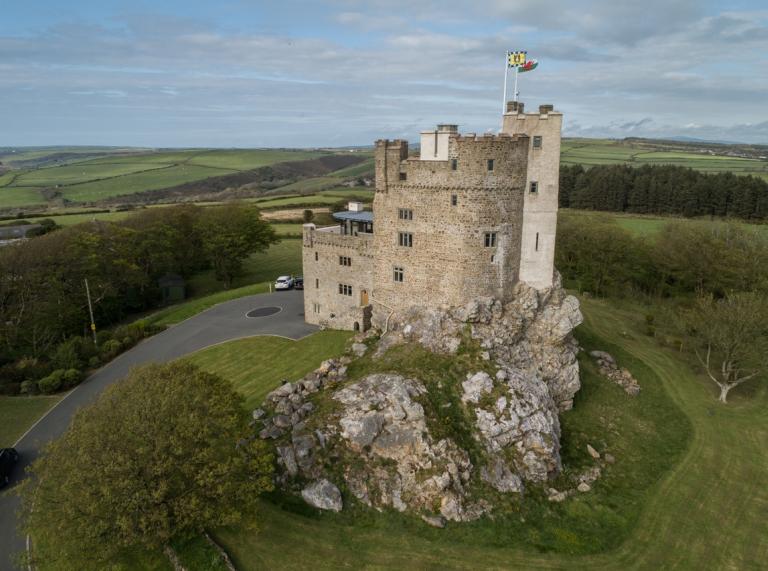
Restoring old buildings is always challenging
The first challenge we faced here was getting planning approval. It's always difficult, especially in National Parks! We needed approval because we wanted to do authentic restorations that adapted existing buildings, giving them new life so they'd function for years.
The next challenge is the teams. For the drawings and designs, we found specialists who only do historic buildings. We had to find a team to restore a 12th century castle, an 18th century windmill and a 19th century vicarage – stonemasons, woodworkers, metalsmiths – and people who could run the finished buildings.
I hope the properties reinvigorate Pembrokeshire for years
I founded the Griffiths-Roch Foundation, a mechanism that owns and runs the properties for the future. The beneficiaries are my family, but first the foundation puts the profits into refurbishing and maintaining the properties. It's a gift to North Pembrokeshire, a vision I have to bring high net worth tourists in. We can use art, high spec buildings and stories to bring people from across the world to enjoy the depth of history, language and culture in St Davids.
